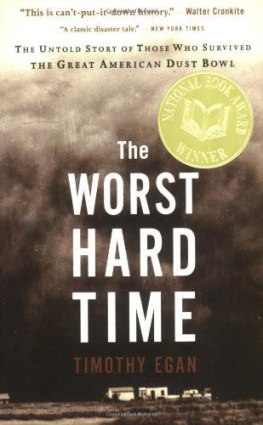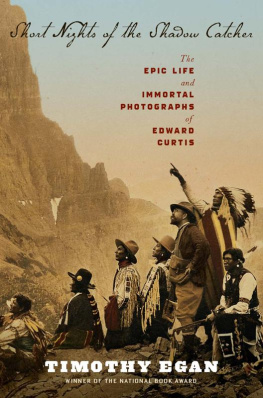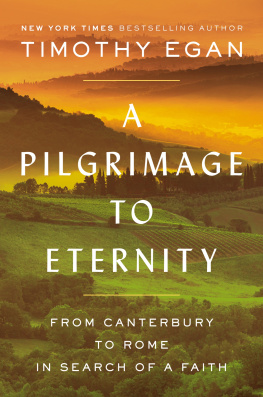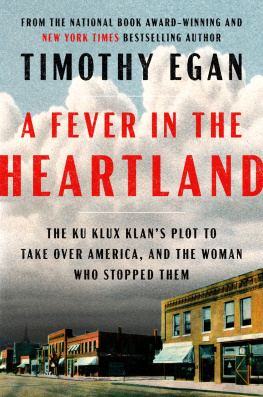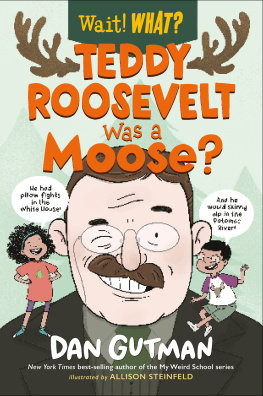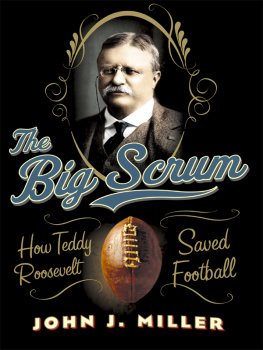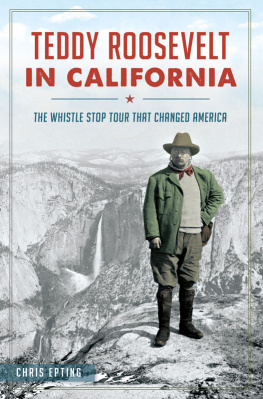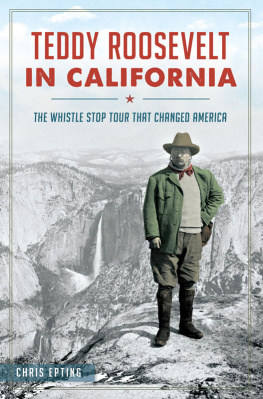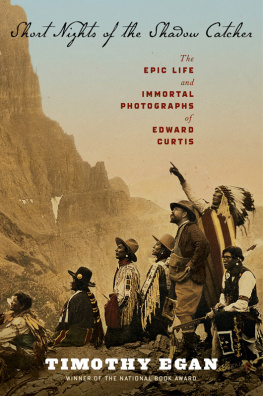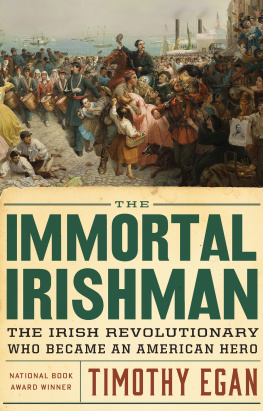Timothy Egan - The Big Burn: Teddy Roosevelt and the Fire that Saved America
Here you can read online Timothy Egan - The Big Burn: Teddy Roosevelt and the Fire that Saved America full text of the book (entire story) in english for free. Download pdf and epub, get meaning, cover and reviews about this ebook. year: 2009, publisher: Houghton Mifflin Harcourt, genre: Detective and thriller. Description of the work, (preface) as well as reviews are available. Best literature library LitArk.com created for fans of good reading and offers a wide selection of genres:
Romance novel
Science fiction
Adventure
Detective
Science
History
Home and family
Prose
Art
Politics
Computer
Non-fiction
Religion
Business
Children
Humor
Choose a favorite category and find really read worthwhile books. Enjoy immersion in the world of imagination, feel the emotions of the characters or learn something new for yourself, make an fascinating discovery.
- Book:The Big Burn: Teddy Roosevelt and the Fire that Saved America
- Author:
- Publisher:Houghton Mifflin Harcourt
- Genre:
- Year:2009
- Rating:5 / 5
- Favourites:Add to favourites
- Your mark:
- 100
- 1
- 2
- 3
- 4
- 5
The Big Burn: Teddy Roosevelt and the Fire that Saved America: summary, description and annotation
We offer to read an annotation, description, summary or preface (depends on what the author of the book "The Big Burn: Teddy Roosevelt and the Fire that Saved America" wrote himself). If you haven't found the necessary information about the book — write in the comments, we will try to find it.
The Big Burn: Teddy Roosevelt and the Fire that Saved America — read online for free the complete book (whole text) full work
Below is the text of the book, divided by pages. System saving the place of the last page read, allows you to conveniently read the book "The Big Burn: Teddy Roosevelt and the Fire that Saved America" online for free, without having to search again every time where you left off. Put a bookmark, and you can go to the page where you finished reading at any time.
Font size:
Interval:
Bookmark:
HOUGHTON MIFFLIN HARCOURT
BOSTON NEW YORK 2009
Copyright 2009 by Timothy Egan
All rights reserved
For information about permission to reproduce selections from this
book, write to Permissions, Houghton Mifflin Harcourt Publishing
Company, 215 Park Avenue South, New York, New York 10003.
www.hmhbooks.com
Library of Congress Cataloging-in-Publication Data
Egan, Timothy.
The big burn : Teddy Roosevelt and the fire that saved America /
Timothy Egan.
p. cm.
Includes bibliographical references and index.
ISBN 978-0-618-96841-1
1. Roosevelt, Theodore, 18581919. 2. PresidentsUnited StatesBiography. 3. ConservationistsUnited StatesBiography. 4. Pinchot, Gifford, 18651946. 5. Forest conservationUnited StatesHistory. 6. Nature conservationUnited StatesHistory. 7. National parks and reservesUnited StatesHistory. 8. United States. National Park ServiceHistory. 9. Forest firesMontanaHistory. 10. Forest firesIdahoHistory. I. Title.
E 757. E 325 2009
975.911 dc22 2009021881
Book design by Melissa Lotfy
Map by Jaques Chazaud
Printed in the United States of America
DOC 10 9 8 7 6 5 4 3 2 1
The text of this book is printed on 45# Domtar Earthchoice, which is
certified by the Forest Stewardship Council. FSC certification ensures
the environmentally responsible, socially acceptable, and economically
viable use of well-managed forests.
To Sam Howe Verhovek
Friend, editor, writer, and adopted son of
the Pacific Northwest, no bow-tied bum-kisser he
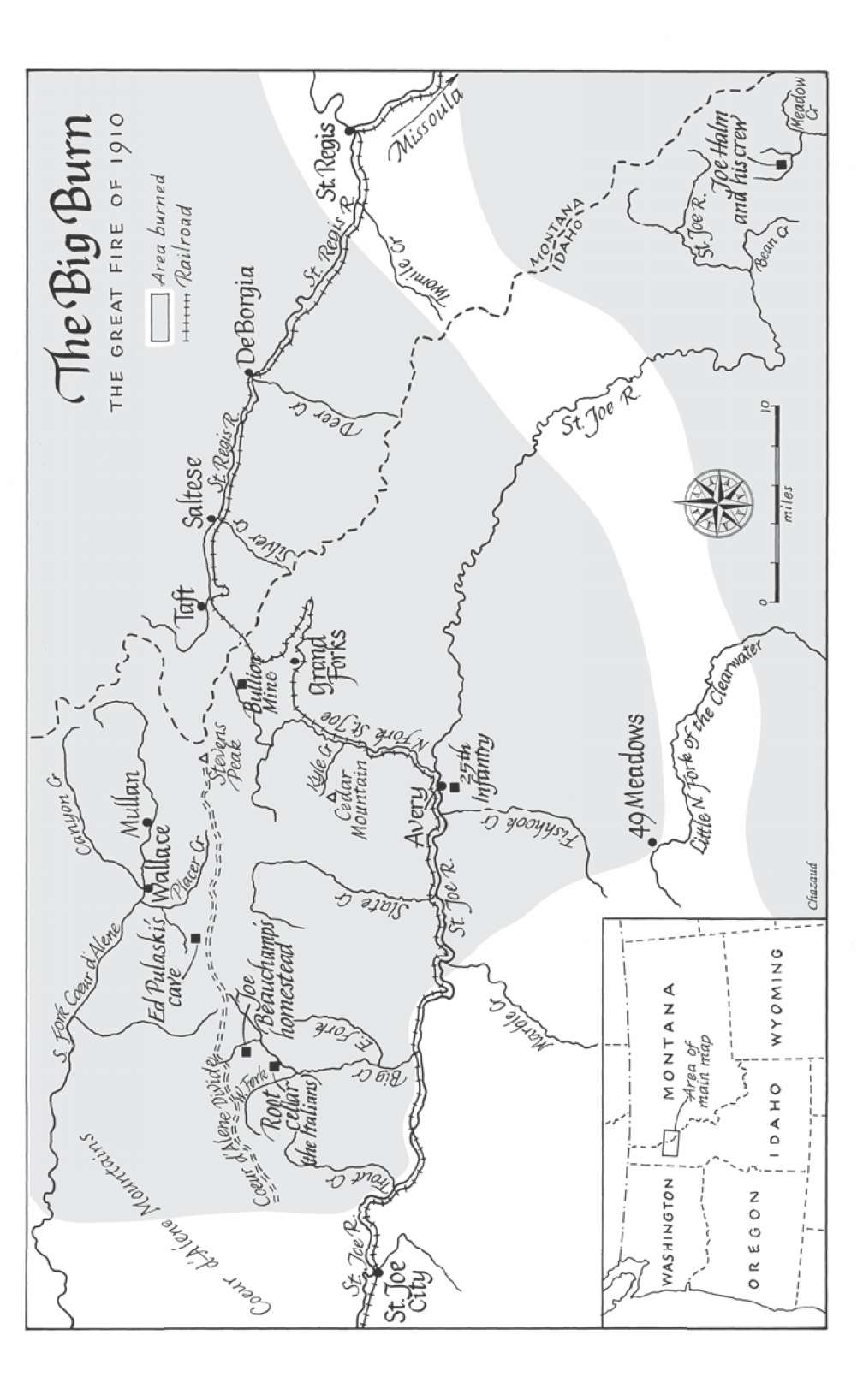
Prologue: A Fire at the End of the World
PART I
IN ON THE CREATION
1. "A Peculiar Intimacy"
2. Roost of the Robber Barons
3. The Great Crusade
4. Deadwood Days
5. Showdown
PART II
WHAT THEY LOST
6. Summer of Smoke
7. Men, Men, Men!
8. Spaghetti Westerners
9. Firestorm's Eve
10. Blowup
11. The Lost Day
12. The Lost Night
13. Towns Afire
14. To Save a Town
15. The Missing
16. The Living and the Dead
PART III
WHAT THEY SAVED
17. Fallout
18. One for the Boys
19. Ashes
Notes on Sources
Acknowledgments
Index
If now the dead of this fire should awaken and I should be stopped beside a cross, I would no longer be nervous if asked the first and last question of life, How did it happen?
NORMAN MACLEAN, Young Men and Fire
H ERE NOW CAME the fire down from the Bitterroot Mountains and showered embers and forest shrapnel onto the town that was supposed to be protected by all those men with faraway accents and empty stomachs. For days, people had watched it from their gabled houses, from front porches and ash-covered streets, and there was some safety in the distance, some fascination even see there, way up on the ridgeline, just candles flickering in the trees. But now it was on them, an element transformed from Out There to Here, and just as suddenly on their front lawns, in their hair, snuffing out the life of a drunk on a hotel mattress, torching a veranda. The sky had been dark for some time on this Saturday in August 1910, the town covered in a warm fog so opaque that the lights were turned on at three o'clock in the afternoon. People took stock of what to take, what to leave behind. A woman buried her sewing machine out back in a shallow grave. A pressman dug a hole for his trunk of family possessions, but before he could finish, the fire caught him on the face, the arms, the neck.
How much time did they have until Wallace burned to the ground? An hour or two? Perhaps not even that? When the town had been consumed by flame twenty years earlier, it fell in a deep exhalepainted clapboards, plank sidewalks, varnished storefronts. Whoooommmppffffff! Then they did what all western boomers did after a combustible punch: got up from the floor and rebuilt, with brick, stone, and steel, shaking a fist again at nature. And since there was so much treasure being stripped from the veins of these mountains on the high divide between Montana and Idaho, they rebuilt in a style befitting their status as the source of many a bauble in the late Gilded Age. Italian marble sinks went into barber shops. Cornices were crafted of cast iron. Terracotta trim decorated bank windows. The saloons, the bordellos, the rooming houses, the men's clubs, the hotelsfireproof, it said on their stationery. Most impressive of all was the new train depot of the Northern Pacific Railroad. Designed in the Chateau style, the depot's buff-colored bricks formed a Roman arch over the main window. Three stories, counting the magnificent turret, and shingled in green. The depot was an apt hub for a region that promised to produce more silver, lead, and white pine than any other on the planet.
"It seemed like a toy city," a novice forest ranger said after he had crested the mountains by train and caught his first sight of Wallace, Idaho, "clean and spotless, and very much up to date, with fine homes and fine people."
In the early evening, the young mayor, Walter Hanson, checked with his fire chief, and he summoned his assistant, and they said, yes, it was time sound the alarm! That was it; everyone knew they had to make a dash for the getaway trains. Women and children only, the mayor said, with a Victorian gentleman's reflex common even in the Far West. He deputized an instant force of local men to back him up. Troops were available as well, the "negro soldiers" of the 25th Infantry, I Company, who had just pitched a hurried camp on the Wallace baseball field after withdrawing from the aggressive front line of the fire. Over the years, they had chased Indians in the Dakotas, put down insurrections in the Philippines, and helped to establish civil order during western labor wars, but never in the history of the 25th Infantry had these Buffalo Soldiers been asked to tame a mountain range on fire. In a state with fewer than seven hundred blacks, the troops were greeted with curiosity and skepticism by polite citizens, scorn and open hostility by others. On Saturday, after they pulled back from the flames up high and regrouped on the baseball field, the retreat fed the scolds who said a black battalion could never save a town, much less fight a wildfire nearly as large as the state of Connecticut.
Even as the bell rang, the special trains were being fitted, with not enough space for half the town of 3,500 people. Rail workers stripped away cargo and some seats to make room for the exodus. The men could not leave, the mayor insisted; they must stay behind and fight. The elderly, the infirm, and little boys, of course, even those who looked like men, could go. Everyone else was told to get a garden hose and go up on their roofs, or jump aboard one of the horse-drawn fire carriages, or grab a shovel and get on a bicycle. Or pray. The mayor was asked about the jail do we let the prisoners burn? Needing the manpower, he ordered the cells opened and the inmates sent to Bank Street, right in front of the courthouse, to form a human fire line. Only two would remain handcuffed, a murderer and a bank robber.
The evacuation was not orderly, not at all as the mayor had imagined days earlier when he first drew up plans with the United States Forest Service to save Wallace. People dashed through the streets, stumbling, bumping into each other, shouting rumors, crying, unsure exactly where to go. Some carried babies under wet towels. Some insisted on carting away large objects. It felt as if the town was under artillery fire, the mile-high walls of the Bitterroots shooting flaming branches onto the squat of houses in the narrow valley below. Between flareups and blowups, the hot wind delivered a continuous stream of sparks and detritus.
Next pageFont size:
Interval:
Bookmark:
Similar books «The Big Burn: Teddy Roosevelt and the Fire that Saved America»
Look at similar books to The Big Burn: Teddy Roosevelt and the Fire that Saved America. We have selected literature similar in name and meaning in the hope of providing readers with more options to find new, interesting, not yet read works.
Discussion, reviews of the book The Big Burn: Teddy Roosevelt and the Fire that Saved America and just readers' own opinions. Leave your comments, write what you think about the work, its meaning or the main characters. Specify what exactly you liked and what you didn't like, and why you think so.


